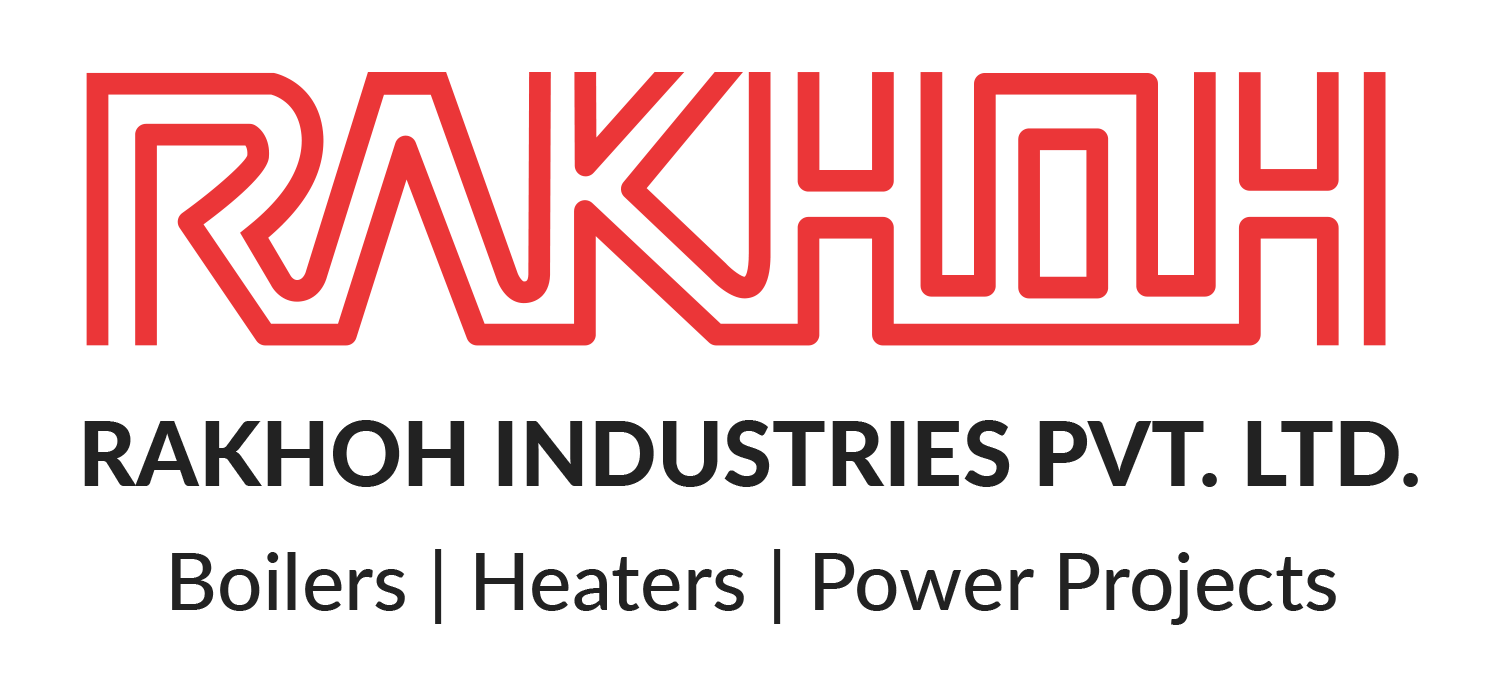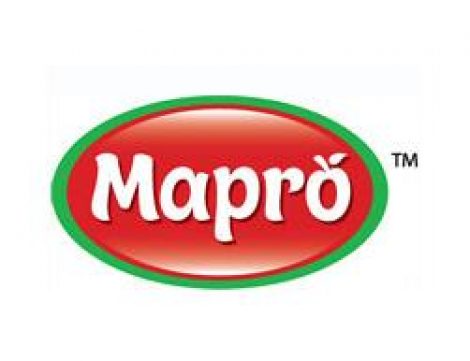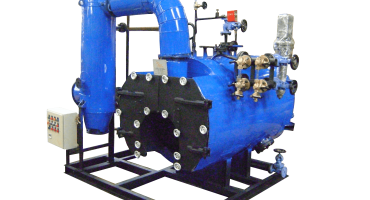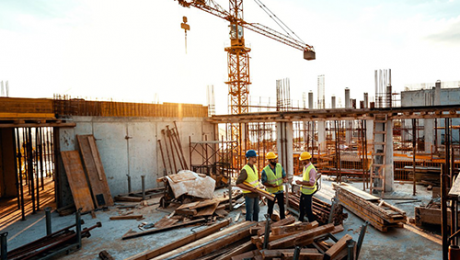An Overview of Burners in Steam Boilers
The combustion process is a crucial process for the operation of steam boilers. Similarly, burners are a vital component of the combustion process. Burners provide the heat needed for a steam boiler to convert water into steam. Generally, a burner must gain the highest combustion efficiency with the lowest possible excess air. Burner is considered an industrial blowtorch that enables the pushing of heat into the steam boiler system. It increases or decreases the heat injected based on steam demand.
Role of Burners in Steam Boilers:
The basic function of an industrial burner is a simple concept of mixing the fuel and air for creating combustion. Burners are ignited on various types of fuel however the most commonly used are natural gas, oil, propane, and coal. In the last years, facilities have reduced investment in the usage of coal to a more efficient and cleaner fuel like natural gas.
The burner must perform five functions, regardless of the type of fuel used:
Complete combustion takes place when all the combustible elements and compounds of the fuel are completely oxidized. However, complete combustion also leads to harmful byproducts of combustion, including NOx and CO.
The amount of NOx and CO generated varies greatly, as per the burner design as well as the fuel-fired. Burners with uncontrolled NOx produce approximately 60 ppm or more. Low NOx burners are the current standard and typically produce NOx of 30 ppm, whereas ultra-low NOx designs have been developed, but restricted to firing on natural gas or propane.
Components of Burner in Steam Boiler:
The burner maintains the amount of air supplied to the fire through some means. The medium can vary from a single blade damper to variable input blades at the fan inlet and may also include a VSD (variable speed drive) in the fan motor.
To provide optimal combustion, the dampers or VSD must control the airflow without sticking or falling, which produces variations in the airflow. The dampers also need to maintain the flow without causing distortions in the flow of air to the burner.
Types of Burners:
Gas Burners:
Gas burners involve the premix and post-mix techniques. Post-mix includes combining gas and oil after it enters the furnace, whereas premix burners are vice-versa.
Two types of post-mix gas burners are usually known as atmospheric burners or power burners. Atmospheric burners do not consist of fans or blowers to deliver the combustion air to the burner.
Pre-mix burners are lesser used burners as most operators that went from the burning process equipment to the boiler plant prefer the premix burners.
Oil Burners:
Fuel oil is added to the burner by using oil guns with a burner tip at the end. The arrangement of the tip and the gun varies with the type of atomization system. There are two types of oil burners that are,
Vaporizing burners: In vaporizing burners, the volatile fuel passes at low pressure through an adjacent tube to the flame for the vaporization to take place. The vapor stream issues out of an orifice at a high velocity and entrains primary air.
Atomizing burners: Atomizing burners consist of an arrangement for the atomization of liquid fuels before the combustion takes place. For atomization, a jet or a thin film of liquid is obtained and emerges into the open atmosphere at a suitable velocity.
Correlation between Air and Burner in Steam Boiler:
For efficient fuel burning, burners should have the optimal amount of air. It is the reason the air to fuel ratio is an indicator to ensure efficient burner function. When ratios of fuel and air are improper, unburned fuel is deposited as soot in boiler tubes. It directly affects the ability of the heat to pass from the tubes to the surrounding water, which leads to reducing the steam output.
While feeding outside air to a burner, the temperature of that air is taken into account. The fluctuations in the supply air temperature for the burner cause combustion issues.
Combustion tuning is a way to ensure it is not occurring in the steam boiler system. It is due to the temperature variance that affects burner combustion.
Byproducts of Burner:
Conclusion:
As one of the world’s leading combustion experts and boiler manufacturers, Rakhoh specializes in boiler burner development. We have more than 39 years of experience in designing and manufacturing steam boilers and burners. Rakhoh offers a range of superior boiler burners that are compatible with a variety of fuels and applications.
For more details on our products and services, visit www.rakhoh.com
- Published in Boiler, Steam Boiler








